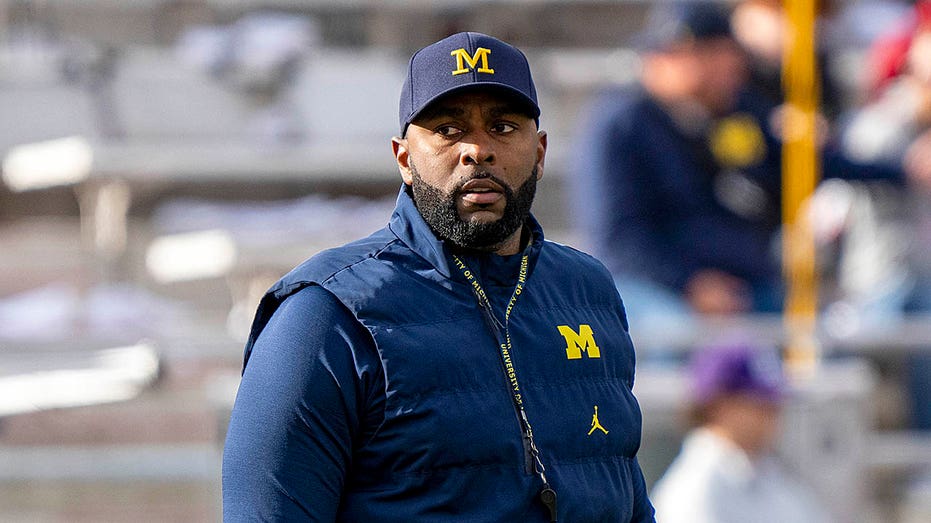Labour’s meddling with school uniforms will hurt families it’s meant to help


Labour’s cap on branded school uniform will push up prices and push specialist, family-run schoolwear retailers out of business, says Matthew Easter
Before children ever step into a classroom, many will step into a schoolwear shop. These family-run businesses don’t just sell clothes – they stitch together pride, belonging and identity. But now, a new directive from Whitehall is threatening to put these specialist schoolwear retailers out of business altogether.
As part of her Children’s Wellbeing and Schools Bill, which is being debated in the House of Lords later today, Bridget Phillipson is planning to cap the number of branded uniform items to three per pupil, plus a tie for secondary schools. This could have a devastating impact on small businesses up and down the country – and induce a host of negative consequences for families which the Education Secretary could never have intended.
When we asked over 150 specialist schoolwear retailers what the cap might mean for them as part of a new survey, their concern was palpable. 54.2 per cent said that they might have to lay off staff, threatening hundreds, or even thousands, of jobs. And 33.3 per cent – a third of them- warned that they could have to shut up shop for good. As any small business owner working on razor-thin margins will tell you, it’s often that final tax rise or regulation that tips the balance. For schoolwear retailers, already facing rising costs and the recent hike in employers’ National Insurance, the proposed cap could be the final straw.
But it is not only the people who own or work at these retailers who will be affected. These specialist businesses provide year-round availability and bespoke sizing, which are particularly crucial for children with specialist needs – services that would never be available in supermarkets. Perhaps more importantly, they offer vital financial assistance to lower-income families, including flexible payment plans, discounts, and swap shops – but 53.5 per cent those we surveyed have said that they might have to stop offering this as a result of the cap.
Unintended consequences
This can hardly be the outcome from this policy that the education secretary wants to see. After all, the very reason she wants to implement the cap is to reduce costs for parents. This is obviously a laudable aim, but unfortunately the evidence is showing us that it is actually likely to increase prices. Over 60 per cent of the retailers who responded to our survey said they could be forced to raise prices to cover lost revenue from the cap.
Meanwhile, parents will be pushed into either buying lower-quality items from the supermarket, which will need to be replaced more often, or more expensive, trendy brands under pressure from their children who are worried about fitting in at school.
In fact, this cap is government meddling with an area of policy which is already working well. In 2022, the Department for Education introduced new school uniform guidance in order to ensure that prices are reasonable. This year, school uniform prices fell in real terms for the third year in a row. These aren’t disposable garments. Uniforms from specialist retailers are made to last 195 days a year, hold up to wear and tear, and can be handed down – stretching value for families over time.
This year, school uniform prices fell in real terms for the third year in a row
As readers of CityAM will know better than most, there have been many incidents throughout history of governments getting involved in markets with one goal in mind without properly listening to the relevant specialist businesses, only for it to inevitably have the complete opposite effect. We ourselves have tried on multiple occasions to ask the government to meaningfully consult with the industry and with schools, but to little avail.
Today, the government can avoid making a costly mistake. By backing an amendment to raise the cap to five items – reflecting the current school average of 5.2 – they can protect families and small businesses alike. If they don’t, it’s the very families they aim to support who will bear the brunt.
Matthew Easter is chair of the Schoolwear Association





